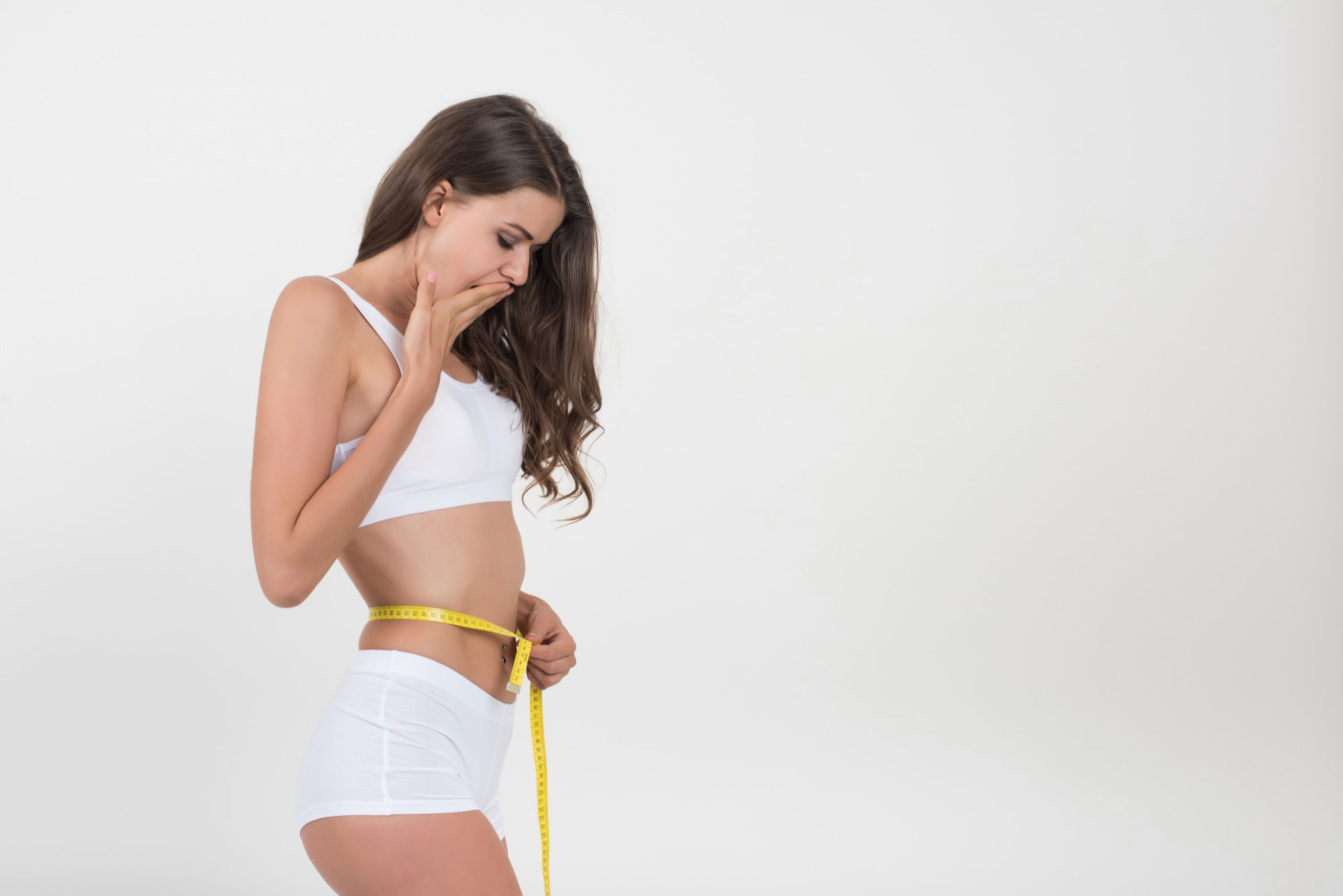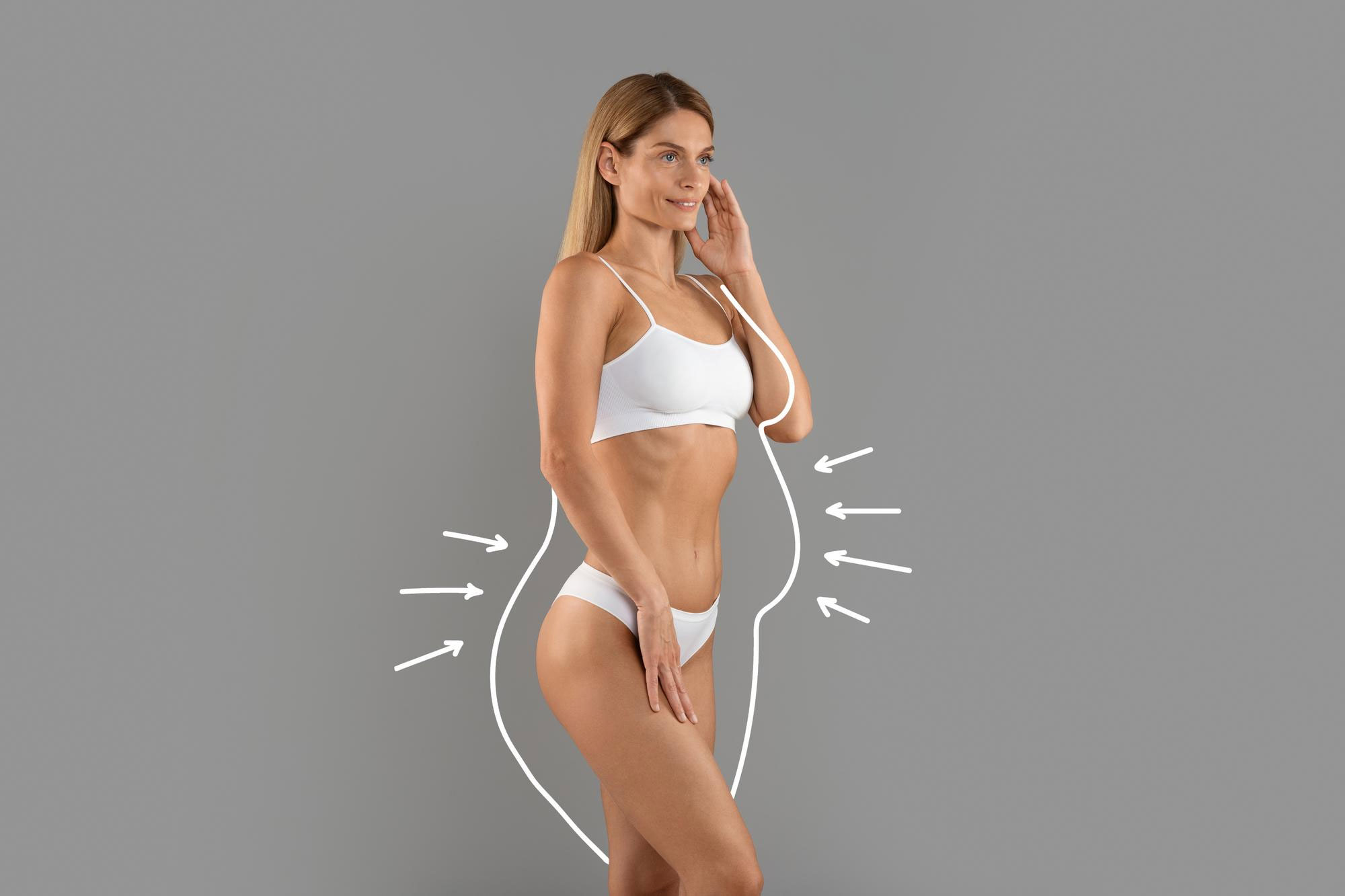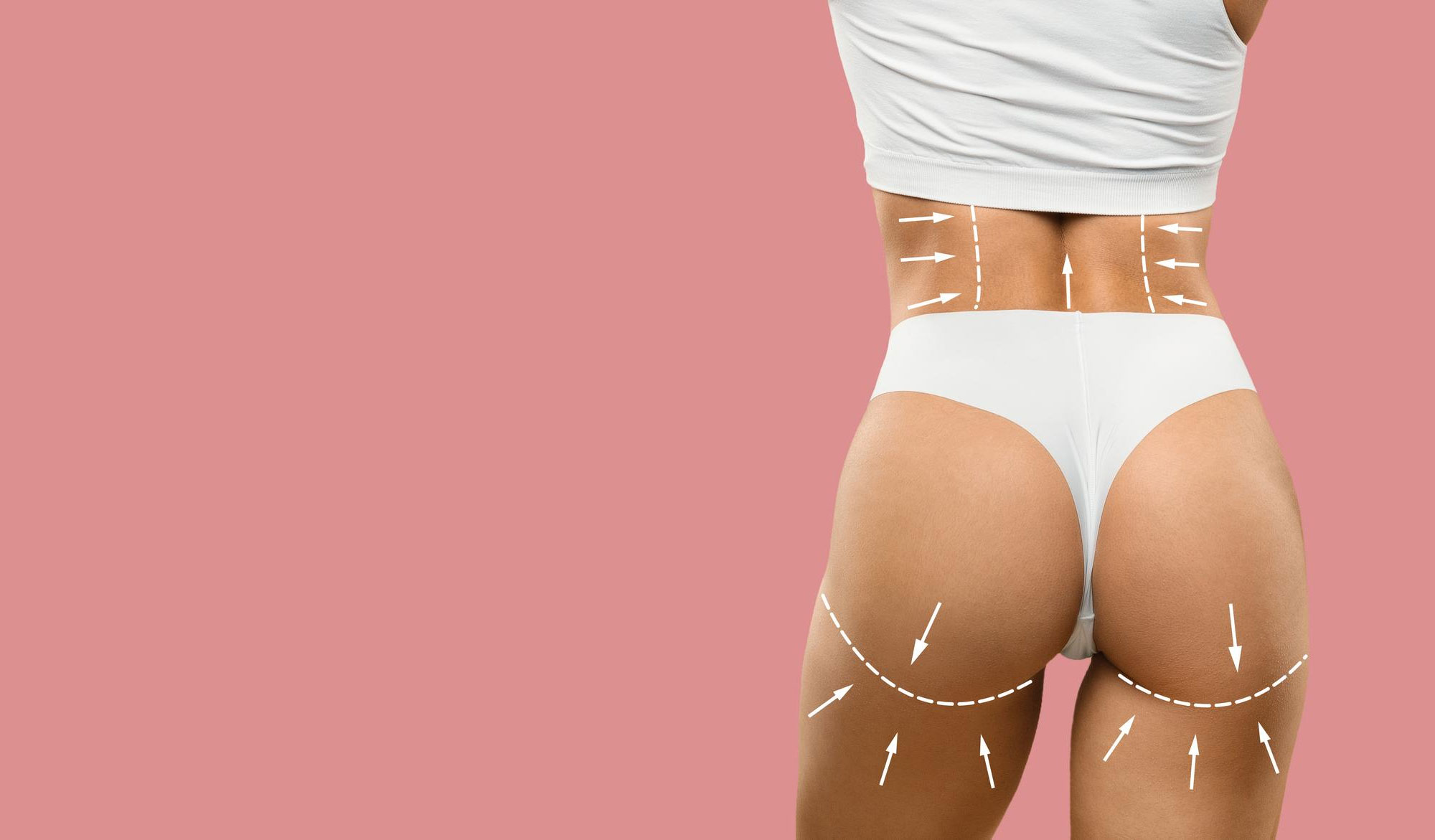What is Gastric Botox?
Gastric Botox is the application of botulinum toxin (Botox) injected into the stomach through the mouth under endoscopy. Normally, when Botox is mentioned, issues such as facial wrinkles, eyebrow lifting and sweating come to mind. However, the effect of botulinum toxin to relax the muscles can serve a different purpose when used in certain parts of the stomach. This purpose is to facilitate weight management and keep the person full for longer.
The popularity of this procedure is due to the fact that it is less invasive than surgical methods. There is no need to make any large incisions in the stomach. With just an endoscopy, Botox is injected to relax the stomach muscles and delay gastric emptying. Thus, the person can experience the feeling of satiety for longer with smaller portions.
How Does Gastric Botox Work?
Botulinum toxin partially temporarily interrupts the communication between nerve cells and muscles. A chemical messenger called "acetylcholine" plays a key role in this communication. Under normal conditions, in order for a muscle to contract, acetylcholine released from nerve endings binds to muscle tissue and transmits the command to contract. Botox comes into play at this stage, preventing the release of acetylcholine and creating relaxation - in other words, "paralysis" - in the muscles.
In the case of the stomach, this relaxation leads to a slowing down of the movement of the muscles in the stomach. Injected botox is especially injected near the antrum and pyloric region in the lower part of the stomach. These regions play an important role in the passage of food from the stomach to the intestines. As a result of the relaxation caused by Botox in these muscles, the exit of food from the stomach slows down. In other words, the process we call "gastric emptying" is delayed. Delayed emptying leads to a longer-lasting feeling of fullness because the food stays in the stomach longer. As a result, the problem often mentioned by those who say "I get hungry quickly even when I am full" may be alleviated to some extent.
To explain with a simple analogy: Normally there is a valve that controls the flow of water from a faucet. If this valve is set for fast flow, the water drains quickly. But if we turn the valve down a little, the outflow rate of the water slows down. Gastric Botox can be thought of as turning down the valve of the stomach a little bit. Food stays in the stomach longer instead of passing quickly to the intestines, and thus the "I'm full" signals to the brain become a little more continuous.
Who Can Gastric Botox Be Applied to?
In general, Gastric Botox is an option for people who need to lose weight but do not want to resort to surgical methods yet or whose body mass index (BMI) is not high enough to require surgery. It is often considered in people who have a BMI between 30 and 40 and who cannot reach their desired weight despite diet-exercise programs. Of course, this is not an "absolute" range. Some individuals may have a BMI of less than 30, but may turn to this procedure due to their special conditions (for example, some planned surgeries, certain medical needs, or the desire to lose weight before conception).
On the other hand, people who are candidates for surgery, i.e. those with a BMI of 40 and above or those with a BMI of over 35 and serious accompanying diseases, can also try Gastric Botox as a transitional process with the advice of a doctor. However, it is difficult to make a clear generalization about whether Botox alone will be sufficient or how satisfactory the effects will be in the long term in overweight individuals.
Suitability Assessment
Diet and Exercise History: It is checked whether the person has a serious diet or exercise experience before. Because Gastric Botox alone is not a "panacea"; healthy nutrition and exercise must be a fundamental part of life under all circumstances.
Health Conditions: Are there conditions such as stomach ulcers, gastritis, bleeding disorders, neurological diseases, etc. The risks of the application may increase in the presence of these conditions.
Age Factor: It is generally preferred in adults. Botox experiences in obesity management in childhood are quite limited and not a common approach.
How is Gastric Botox Procedure Performed?
Compared to surgical methods, Gastric Botox is a much less invasive procedure. The application is basically an endoscopy method. It can be summarized as follows:
Sedation Preparation: First, the patient is given a mild sedative or sedation. This level of sedation is often sufficient instead of general anesthesia.
Endoscopy Procedure: A flexible endoscope tube with a camera and a thin needle mechanism is inserted through the mouth into the stomach.
Botox Injection: Botox is injected into the appropriate areas of the stomach - especially the muscle layer near the antrum and pyloric canal. The total dose usually ranges from 100 to 300 units, but this depends on the patient's condition and the administration protocol.
Short-Term Observation: The procedure takes approximately 15-20 minutes. Afterwards, the patient's condition is monitored for 1-2 hours for observation. If there is no problem, it is usually possible to be discharged on the same day.
Since there are no large surgical incisions at any of these stages and the intervention takes place relatively quickly, it is possible to talk about a comfortable process. After the procedure, the patient is advised to consume liquid or soft food instead of solid food for a certain period of time. This is important for the stomach to adapt to the new situation.
How to Prepare Before the Procedure?
As with any medical procedure, several important points need to be considered before Gastric Botox. The following are among the basic preparation steps that are often recommended:
Diet: It is desirable to stop consuming solid and liquid food 6-8 hours before the procedure. Thus, an empty stomach makes the endoscopy safer.
Medication Use: If blood thinners (e.g. aspirin, warfarin) are used, the doctor should be informed in advance. Similarly, insulin doses or oral medications can be adjusted in diabetic patients.
Accompaniment Since light sedation will be given, it is not recommended to drive after the procedure. Therefore, it is extremely important to have a companion with you.
How Does the Process Progress After Gastric Botox?
After the Botox injection, most people can return to their normal daily lives on the same day or the next day at the latest. Of course, for the first few days, there may be a slight twinge in the stomach muscles, nausea or bloating. These symptoms are usually short-lived and mild.
Nutrition and Activity Recommendations
Liquid and Soft Nutrition: Liquid or soft foods are preferred for the first 24-48 hours. For example, soups, purees and light drinks provide nutrition during this period without tiring the stomach too much.
Small Portions: Since gastric emptying will slow down, reducing portions helps to achieve a long-lasting feeling of satiety and prevent unnecessary discomfort.
Regular Exercise: Although it is not recommended to start heavy sports immediately, light walks support the regular functioning of the muscles and digestive system. Exercise intensity can be increased gradually without overstraining the body.
The important thing is to make the healthy living habits that will be gained during the effect of Gastric Botox permanent. When the Botox effect subsides within three to six months, if a healthy diet and regular exercise routine is not established, the likelihood of returning to the old order increases.
How long is it effective and is it necessary to reapply?
The muscle relaxant effect of botulinum toxin usually lasts for 3 to 6 months, depending on the body's process of repairing nerve-muscle communication. At the end of this period, the stomach muscles gradually return to their former function. If the desired weight loss has not yet been fully achieved or if the person starts to feel the same again, the application can be renewed.
However, there are some points to be considered here. There is no rule that the effectiveness of Botox will be the same in every repeated injection. It is also not medically recommended to apply it at very frequent intervals. Because there is a risk that the body may develop immunity to the toxin. For this reason, specialists usually evaluate the situation after 6 months and consider re-injection if necessary.
How Much Weight Can You Really Lose with Gastric Botox?
This is one of the most curious questions. Some people think that Gastric Botox is a "miracle weight loss" method. However, in reality, the picture may vary from person to person. General statistics show that approximately 5% to 10% of body weight is lost within 6 months after Gastric Botox. This rate can be even higher when supported by diet and lifestyle changes.
However, sometimes weight loss may fall short of expectations. This is because eating habits do not change sufficiently or sedentary lifestyles persist. After all, Gastric Botox is a support, a tool; the backbone of permanent and healthy weight management is always the person's regular eating and exercise habits.
What are the Possible Side Effects?
As with any medical procedure, Gastric Botox is not free from risks. Fortunately, serious complications are quite rare. Nevertheless, here are some side effects to be aware of:
Nausea, Bloating and Mild Abdominal Pain: May occur immediately after the procedure. These complaints usually subside within a few days.
Stomach upset due to excessive relaxation: Rarely, excessive inhibition of contraction by Botox may cause digestive problems. In this case, supportive treatments are applied under the supervision of a physician.
Allergic Reaction: Although very rare, there is a possibility of an allergic reaction to botulinum toxin.
Endoscopy-Related Risks: In very rare cases, endoscopy-related complications such as bleeding or perforation (perforation) may occur during the injection procedure.
In general, it is a fact that Gastric Botox has a much lower rate of complications compared to major surgeries such as bariatric surgery. Nevertheless, it is worth weighing all the risks and benefits before deciding on any medical procedure.
Why are lifestyle changes so important?
The main goal of Gastric Botox is to slow down the amount of food passing from the stomach to the intestines and keep you full for longer. However, this effect does not create a magic wand effect. If a person does not control portions or continues to eat a diet high in calories and low in nutrients, the slowdown caused by Botox will be meaningless.
One of the most critical points about nutrition is to make quality food choices. Eating low-calorie but high-volume, high-fiber vegetables, protein sources and whole grains also works well when gastric emptying slows down. Not only do these foods stay in the stomach longer, they also provide the vitamins and minerals the body needs.
Regular exercise also plays a key role in weight management. Slowing down gastric emptying is one way to support efforts to take in fewer calories than are expended. But increasing daily movement is essential for maintaining muscle mass and boosting metabolism. Simple walks, light jogging, swimming or cycling - there are many alternatives to choose from depending on one's interests.
What is the difference between gastric Botox and other methods?
Weight loss strategies include a wide range of options: Traditional diet and exercise approaches, surgical methods such as gastric balloon, gastric banding, sleeve gastrectomy or gastric bypass... But where does Gastric Botox fit in this spectrum?
Gastric Balloon: In this method, a silicone-based balloon is inserted into the stomach to reduce the volume. The balloon restricts the amount of food coming into the stomach. Botox, on the other hand, works by muscle relaxation instead of volume restriction. Both methods have a limited effect in terms of permanence. The balloon is also removed after a certain period of time.
Surgical Methods (Gastric Sleeve Gastrectomy, Gastric Bypass): These surgeries create permanent anatomical changes. For example, in a sleeve gastrectomy, a large part of the stomach is removed. In gastric bypass, the intestines are also re-routed. Gastric Botox does not make such a permanent, irreversible change. The risks are lower, but the effect can often be more limited and temporary.
Diet-Exercise: This should always be fundamental. Gastric Botox should be seen as an application to help diet and exercise, not to eliminate them altogether.
In short, Gastric Botox is lighter than surgery but its effect is more temporary; it is a long-term support similar to a gastric balloon; and it is complementary to diet. For the answer to the question "Which method is the most suitable for me?", general health status, BMI, personal goals and, if possible, the opinion of more than one specialist should be taken into consideration.
How can the success of the procedure be increased?
There are some points that those who want to get the maximum benefit from Gastric Botox application should not ignore:
Getting Nutrition Counseling: A personalized diet plan prepared with the help of a dietitian is important to get the maximum benefit from the satiety period.
Regular Follow-up and Control: Since it is known that the effect of Botox will last for 3-6 months, physician and dietitian controls should be visited at frequent intervals during this period and the body's response should be monitored.
Psychological Support: If emotional eating habits or stress-induced overeating are involved, psychological support can be sought to recognize and change these behaviors.
Exercise Program: Reducing the number of days we spend sitting or sedentary for a long time increases our metabolic rate and energy expenditure. When gastric emptying is delayed after Botox, the person will probably be able to eat less. Supplementing this with exercise can increase the speed of weight loss.
These are the golden rules that generally apply to all weight loss methods. However, in a temporary application such as Gastric Botox, it is especially necessary to stick to these rules for permanent gains.
Are there any disadvantages?
As well as its advantages and relatively low risk profile, Gastric Botox also has some disadvantages or limitations:
Temporary: Botox effect disappears after a while. Therefore, if you want to get permanent results, it is very important to make your nutrition and exercise routine permanent.
It does not have the same effect on everyone: Some people may not lose as much weight as expected after the application. Reasons for this include individual metabolic differences, stomach structure or usage errors (high calorie diet, inactivity, etc.).
Recurrent Cost: When the effect wears off, it may be necessary to repeat the procedure, which means additional costs. Although the procedure is less risky compared to bariatric surgery, it may be economically disadvantageous to perform it repeatedly in the long term.
How Should I Manage Expectations After Gastric Botox?
Many people may experience rapid weight loss in the first weeks with Gastric Botox. Because both the feeling of fullness in the stomach increases and psychologically, more attention can be paid to the diet with the motivation of "taking a step". However, this rapid rate of weight loss may stagnate over time. This is a completely normal process.
Managing expectations is important to reduce the risk of disappointment. The goal should not be "I had a procedure, now everything is rosy". From a more realistic point of view, it should be remembered that this method is an auxiliary tool in weight loss, and that the final result depends largely on the effort of the person.
What to Consider in the Long Term?
In order for Gastric Botox application to be successful in the long term, healthy habits should be developed that will continue after the effect of the procedure subsides. It is recommended to pay attention to the following points:
Permanent Dietary Changes: Avoiding packaged, high-calorie, refined sugary foods as much as possible; prioritizing nutrients such as vegetables, fruits, whole grains, quality protein sources and healthy fats.
Split Meals: Eating small portions at small but frequent intervals keeps blood sugar in balance and prevents sudden bouts of hunger.
Water Consumption: Adequate water intake facilitates digestion and supports the feeling of satiety. It also helps to maintain healthy metabolic processes.
Active Living: Increasing movement in daily life - such as taking the stairs instead of the elevator, walking short distances instead of driving - can make a big difference in maintaining weight in the long term.






























